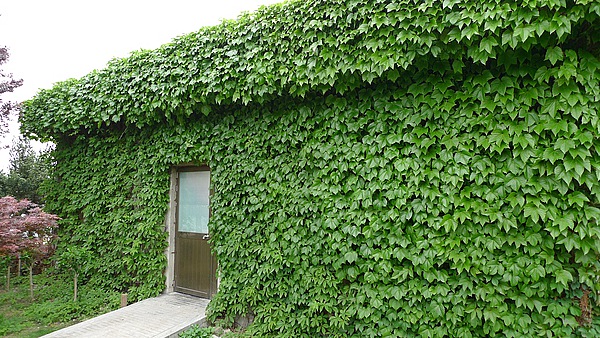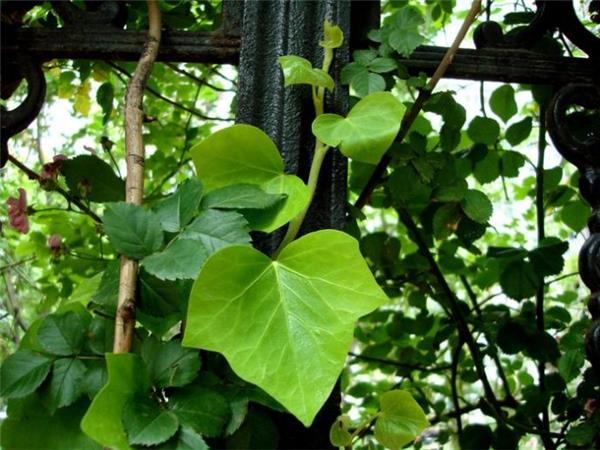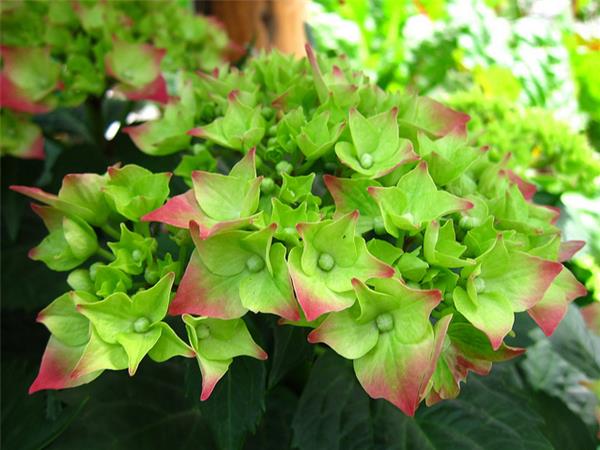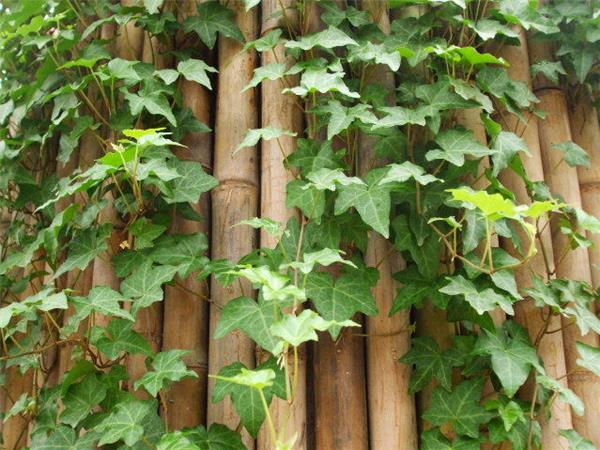Matters needing attention and value of Ivy Culture
Foreign ivy is a vine of the grape family, the climbing ability is so strong that even the cliffs can not make it flinch, so it is very easy to raise.

1. Morphological characteristics of Ivy
Evergreen climbing vine with reddish-brown wood. Simple leaves alternate, leathery, often with milky white patterns, leaves on vegetative branches 3-5-lobed, leaves ovoid or rhombic on reproductive branches, entire. Inflorescences globose, flowers umbrella-shaped, yellow, autumn flowering, fruit ripening in May of the following year. There are more than 100 varieties of horticulture. Common varieties are Phnom Penh, Silver Edge, White Green, White vein, Arrow Leaf, tricolor, Golden Heart and so on. Land planting can be used for vertical greening. Potted plants are for indoor furnishings. Stems and leaves are used as medicine to dispel wind, relieve dampness, calm the liver, detoxify, treat rheumatoid arthritis, hepatitis, carbuncle and toxin.

Second, how to distinguish between Ivy and Ivy
Both Ivy and Ivy are evergreen climbing shrubs of the family Araliaceae. They are similar in appearance and are often confused. Now from the branches, leaves, fruit three aspects of the difference between the two are introduced as follows.
Branches: hairy scaly on twigs of ivy; pilose star-shaped on twigs of western ivy.
Leaves: the leaves on the vegetative branches of ivy are triangular-ovate, entire or trifid, and the leaves on the flower and fruit branches are oval-ovate or ovate-lanceolate; the leaves on the vegetative branches of foreign ivy are 3 to 5-lobed, and the leaves on the flower and fruit branches are ovate diamond.
Fruit: the fruit of ivy is about 1 cm in diameter, red or yellow when ripe, while the fruit of foreign ivy is relatively small and black when ripe.

Matters needing attention in the culture of foreign ivy
Growth habits: originated in Europe, like warm, moist, shade-resistant, cold-resistant, not resistant to heat and heat, afraid of sun exposure. Lax requirements on the soil, like loose neutral and slightly acidic soil, more resistant to light soil. It is not resistant to drought and moisture.
The mode of reproduction: the main way of propagation is cuttings. Spring, summer and autumn can be carried out. Cut the stem of 20 cm when cutting, remove the lower leaves, insert the matrix 2-3 nodes, maintain humidity, and quickly take root. It can also be propagated by twisting and pressing.
Watering moderately: the growing season should be dry and wet, and excessive dampness in the basin soil will cause rotten roots and leaves. Watering should be controlled in winter, and the basin emblem can be wet. When the climate is dry, you can spray water to the leaves to keep the leaves green and shiny.
Suitable light: the suitable temperature for growth is 20-25 CC, it is afraid of heat, it is not resistant to cold, the strong light should be prevented in summer, the depression in winter should be kept above 10 ℃, and the lowest should not be less than 5c. Otherwise, it will freeze the ivy like the light, if the indoor light is bright, then the internodes are shorter, the leaf shape is consistent, and the leaf color is bright.
Rational fertilization: potted ivy should be cultivated with rotten leaf soil or peat soil mixed with 5 river sand and a small amount of bone powder. Apply thin pancake fertilizer and water or compound flower fertilizer every half month in growing season, avoid partial application of nitrogen fertilizer, otherwise at. The pattern on the face will fade or fade to green. The suitable ratio of nitrogen, phosphorus and potassium is 1:1:1. During the peak growing season, 0.2% potassium dihydrogen phosphate solution can also be sprayed on the leaves 1 or 2 times to make the leaf color more beautiful. However, the application of organic fertilizer can not sell dirty leaves, otherwise it will cause the leaves to scorch.
Timely pruning: 2-3 plants can be planted in potted plants. When growing to a certain height, attention should be paid to picking the heart in time to promote its multiple branches and long leaves to form a plump plant shape. The plants planted for 2-3 years change pots in early spring, and then adapt to pruning the plants.

Although Ivy is very challenging, it leaves flower growers not a challenging task, but an extremely easy method of breeding, so it can be regarded as a "lazy plant" that is not lazy on its own.
Related
- Wuhan Hospital Iron Tree Blooming Result Was Instantly Frightened by the Gardener Master
- Which variety of camellia is the most fragrant and best? Which one do you like best?
- What is the small blue coat, the breeding methods and matters needing attention of the succulent plant
- Dormancy time and maintenance management of succulent plants during dormancy
- Minas succulent how to raise, Minas succulent plant pictures
- What are the varieties of winter succulent plants
- How to raise succulent plants in twelve rolls? let's take a look at some experience of breeding twelve rolls.
- Attention should be paid to water control for succulent plants during dormant period (winter and summer)
- Watering experience of twelve rolls of succulent plants
- Techniques for fertilizing succulent plants. An article will let you know how to fertilize succulent plants.



